Confidential Concepts, Worldwide, USA Parkstone Press Ltd, New York, USA Estate Bellmer Hans / Artists Rights Society, New York, USA / ADAGP, Paris Estate Berthomme de Saint-Andr / Artists Rights Society, New York, USA / ADAGP, Paris Estate Domergue / Artists Rights Society, New York, USA / ADAGP, Paris Estate Poitevin / Artists Rights Society, New York, USA / ADAGP, Paris Estate Poumeyrol / Artists Rights Society, New York, USA / ADAGP, Paris Estate De Monceau / Artists Rights Society, New York, USA / ADAGP, Paris Estate Hegemann / Artists Rights Society, New York, USA / VG Bild-Kunst, Bonn Estate Kranichfeld / Artists Rights Society, New York, USA / VG Bild-Kunst, Bonn ISBN: 978-1-78310-741-4 All rights reserved. No part of this may be reproduced or adapted without the permission of the copyright holder, throughout the world. Unless otherwise specified, copyright on the works reproduced lies with the respective photographers. Despite intensive research, it has not always been possible to establish copyright ownership. Where this is the case, we would appreciate notification. Hans-Jrgen Dpp The Encyclopedia of EROTICA 
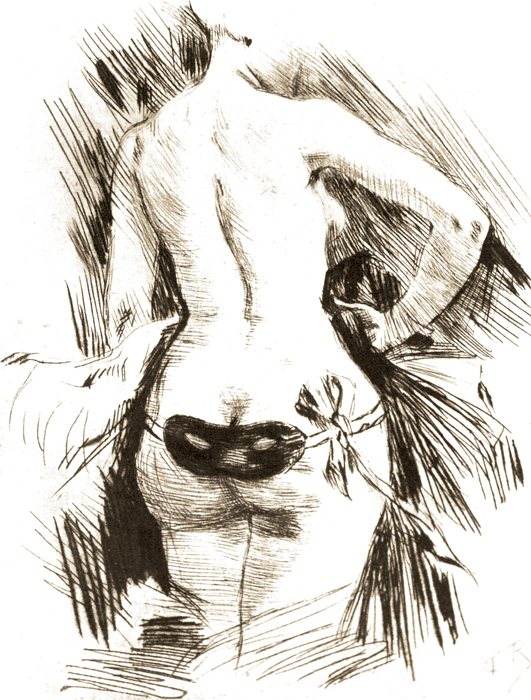 Contents
Contents
Erotic art or pornography?
How might one define erotic art? This much is certain, the depiction of a sexual activity alone does not raise a work to the nobility of erotic art.
To identify erotic art only within its content would reduce it to one dimension, just as it is not possible to distinguish artistic and pornographic depictions only by describing their immoral content. The view that erotic works are created solely for sexual arousal and so cannot be art is also erroneous. The creative imagination involved in erotic art does not necessarily distinguish it from pornography, which is also a product of the fantasy. Erotic art has to be more than just a depiction of sexual reality, or who would buy it? Gunter Schmidt states that pornography is constructed like sexual fantasy and daydreams, just as unreal, megalomaniacal, magical, illogical, and just as stereotypical. In any case, those making a choice between art and pornography may have already decided against the first. Pornography is a moralizing defamatory term.
What is art to one person is the devils handiwork to another. The mixing of aesthetic with ethical-moralistic questions dooms every clarification process right from the start. In the original Greek, pornography means prostitute writings, that is, text with sexual content, in which case it would be possible to approach pornography in a freethinking manner and equate the content of erotic art with that of pornography. This re-evaluation would amount to a rehabilitation of the term. The extent to which the distinction between art and pornography depends on contemporary attitudes is illustrated, for example, by the painting over of Michelangelos Last Judgment in the Sistine Chapel during the Renaissance, when nudity was not considered indecent. The patron of this work of art, Pope Clemens VII, saw nothing immoral in its execution.
His successor, Paul IV, however, ordered an artist to provide the Last Judgment with trousers! Another example is the handling of the excavated frescos of Pompeii, which were inaccessible to the public until recently. In 1819, the Gallery of Obscenities was established in the Palazzo degli Studio, which was chosen as the national museum. Only people of mature age and high moral standards had access to the locked room. The collection changed its name to the Gallery of Locked Objects in 1823. Again, only those with a regular Royal Permits were permitted access to view the exhibited works. The reactionary wave after the unrest in 1848 also affected the erotic collection of the museum.
In 1849, the doors of the Gallery of Locked Objects closed forever. The collection was transferred to a still further removed section of the museum three years later, with even the doors leading to that area being bricked in. It was not until 1860, when Guiseppe Garibaldi marched into Naples, that the reopening of the erotic collection was even considered. The name of the collection was then changed to the Pornographic Collection and over time many objects were removed and returned to the normal exhibits. The history of the Gallery thus provides an overview of the mores of the last three centuries. Not every age is equally propitious for the creation of eroticism and its associated matters.
It can even become its confessed enemy. For example, the libertine environment of the Rococo period created a very favourable atmosphere for eroticism and erotic art. However, erotic art is not only a reflection of achieved sexual freedom, it can also be a by-product of the suppression and repression with which eroticism is burdened. It is even conceivable that the most passionate erotic works were created, not in spite of, but rather because of the cultural pressures on sexuality. In nature, the instinct-controlled sexuality of animals is not erotic. In eroticism, however, culture uses nature.
Whereas sexuality as an imperative of nature, even in humans, is timeless, eroticism is changeable. As culturally conditioned sexuality, it has a history. Nothing is more natural than sexual desire, writes Octavio Paz, and nothing is less natural than the forms in which this desire expresses itself or finds satisfaction. Eroticism thus would have to be understood as a socially and culturally formed phenomenon, in which case, it is the creature of moral, legal, and magical prohibitions, which arise to prevent sexuality harming the social structure. The bridled urge expresses itself, but it also encourages fantasy without exposing society to the destructive dangers of excess. This distance distinguishes eroticism from sexuality.
Eroticism is a successful balancing act that finds a precarious equilibrium between the cold flow of a rationally organized society, which in its extremes can also cause the collapse of the community, and the warm flow of a licentious, destructive sexuality. Yet, even in its tamed versions, eroticism remains a demonic power in human consciousness because it echoes the dangerous song of the sirens - trying to approach them is fatal. Devotion and surrender, regression and aggression; these are the powers that still tempt us. The convergence of desire and longing for death has always played a big part in literature. Insofar as eroticism consists of distance and detours, the fetishist constitutes the picture-perfect eroticist. The object of the fetish, in its fixed, tense relationship with what is immediate, is more significant to the fetishist than the promise of fulfilled desires represented by such an object.
The imagined body is more meaningful than any real body. Collectors are eroticists as well. While the lecher or debauchee is active in real life, the collector lives with a chaste heart in a realm of fantasy. And is it not true that the chaste heart can relish the delights of vice even more deeply than the unbridled debauchee? Distance permits freedom. Art, too, which can also represent a fetishistic production for the artist, affords freedom. It affords the freedom to play with fire without being burned.
It appeals to the eye and permits toying with sin without having sinned. This freedom through distance can be noted when observing the different reactions of viewers when looking at pornographic magazines compared with those observing works of art: Have you ever seen the viewer of a pornographic magazine smile? A quiet cheerfulness, however, can often be observed in viewers of works of art, as if art brings forth an easing of the compellingly sensual. Those, however, who in a derogatory manner pronounce a work of art as pornographic, prove nothing more than having no appreciation of what is artistic in the depicted object. Turning away in disgust does not necessarily have to be a characteristic of an exceptional morality; such people simply have a non-erotic culture. Eduard Fuchs, the past master of erotic art, whose books were accused of being pornographic during his lifetime, considers eroticism the fundamental subject of all art. Sensuality is said to be present in any art, even if its objective is not always of a sexual nature.



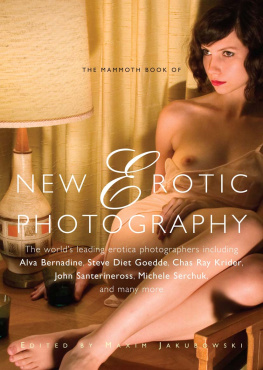
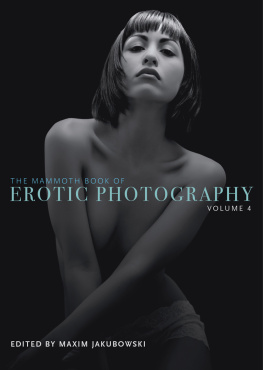
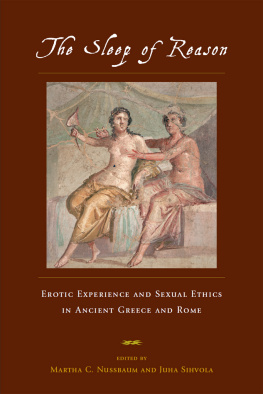

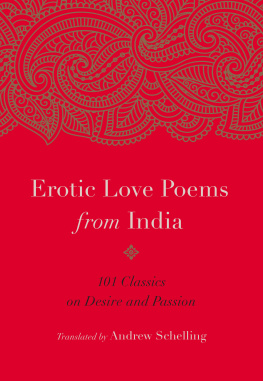
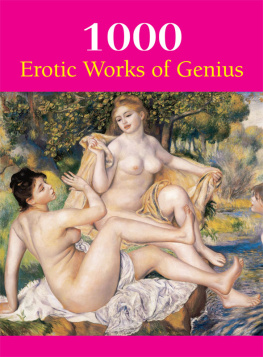
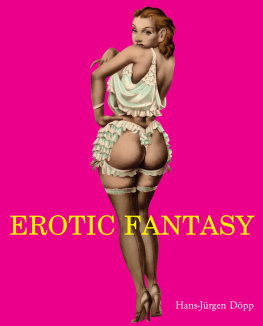
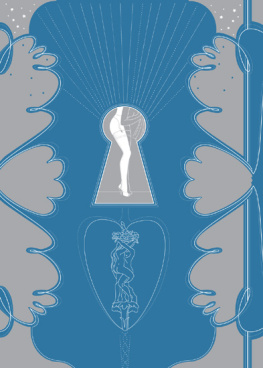
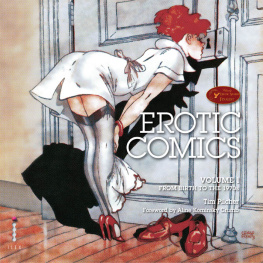
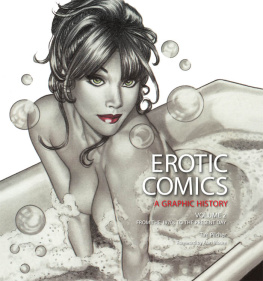


 Contents
Contents